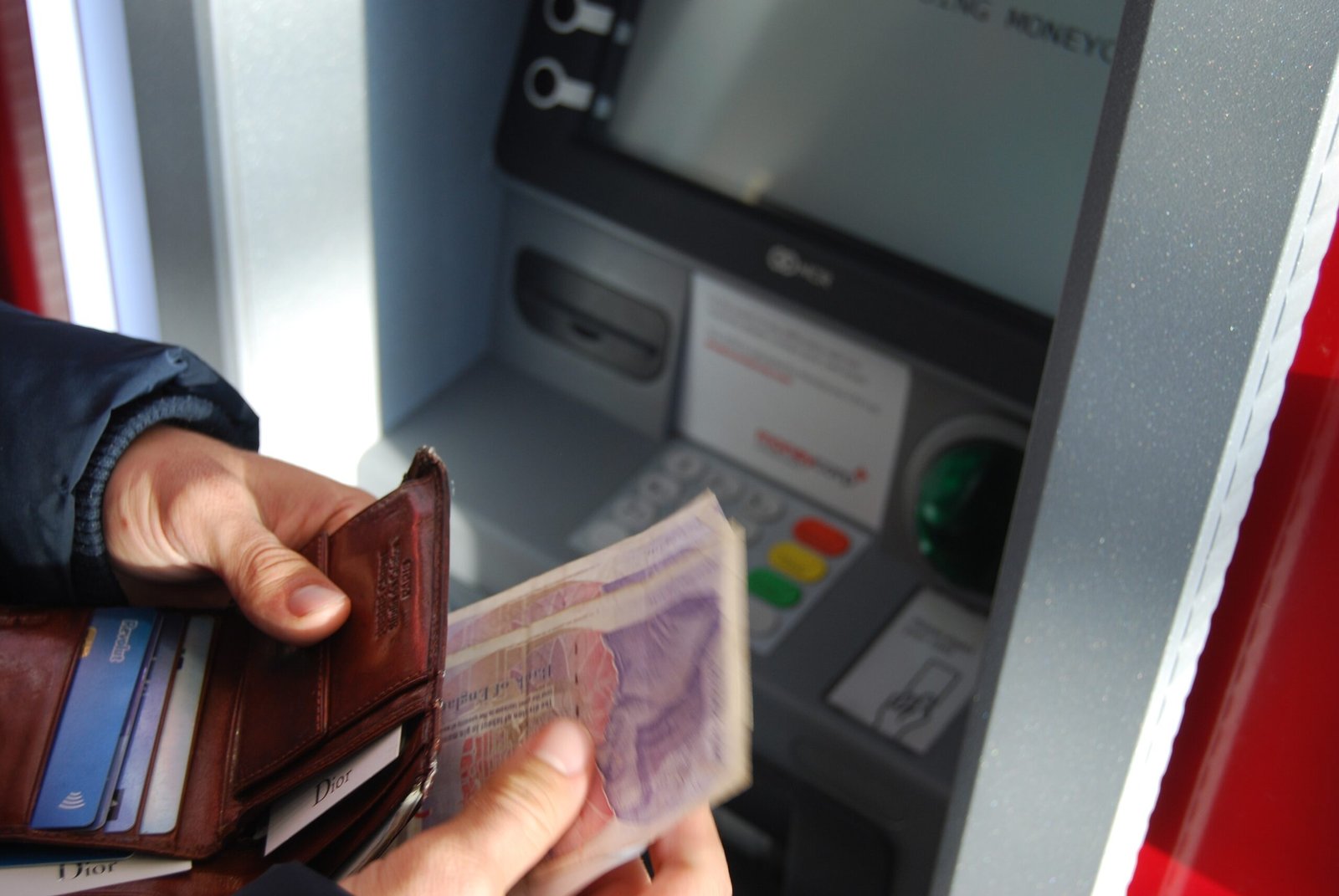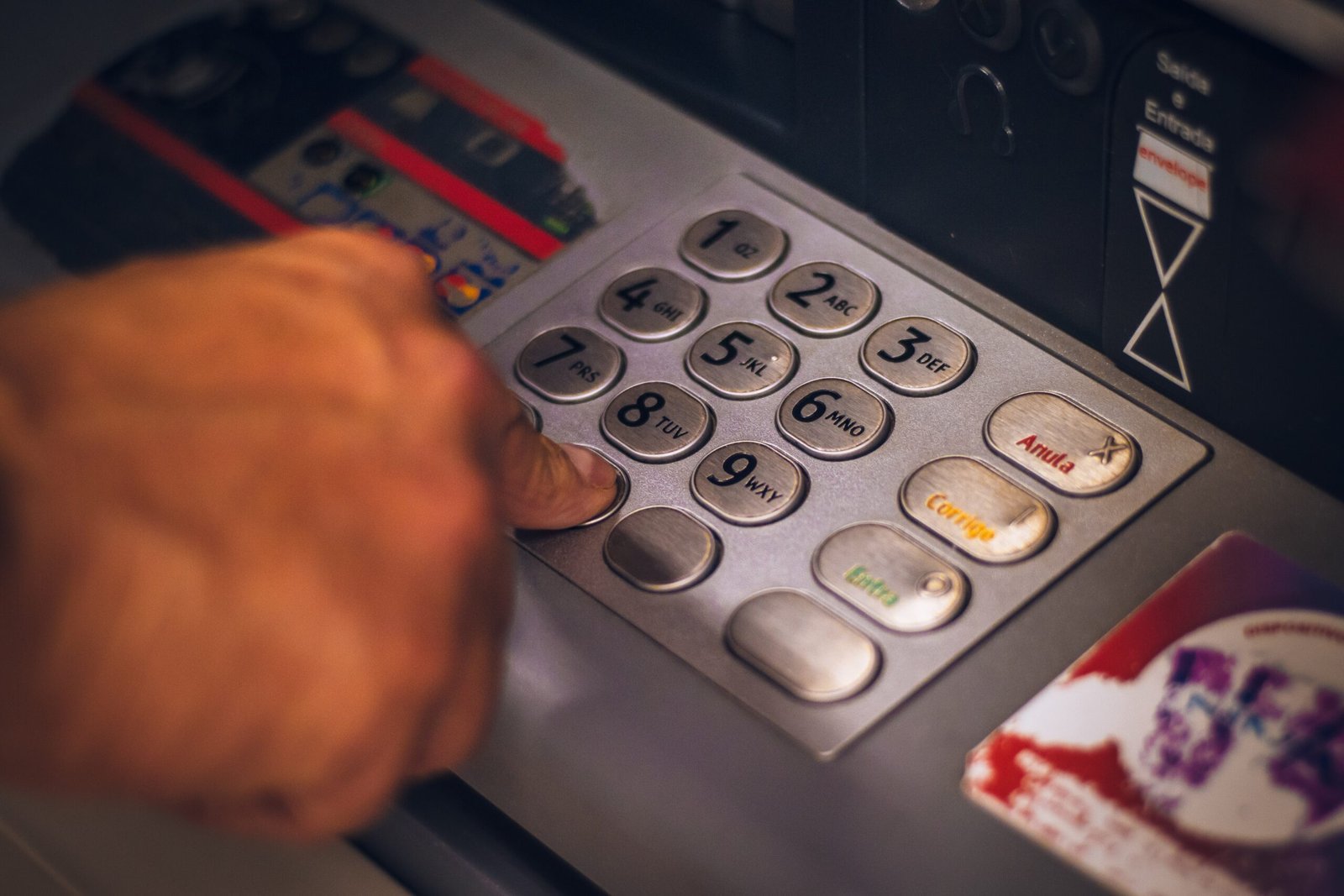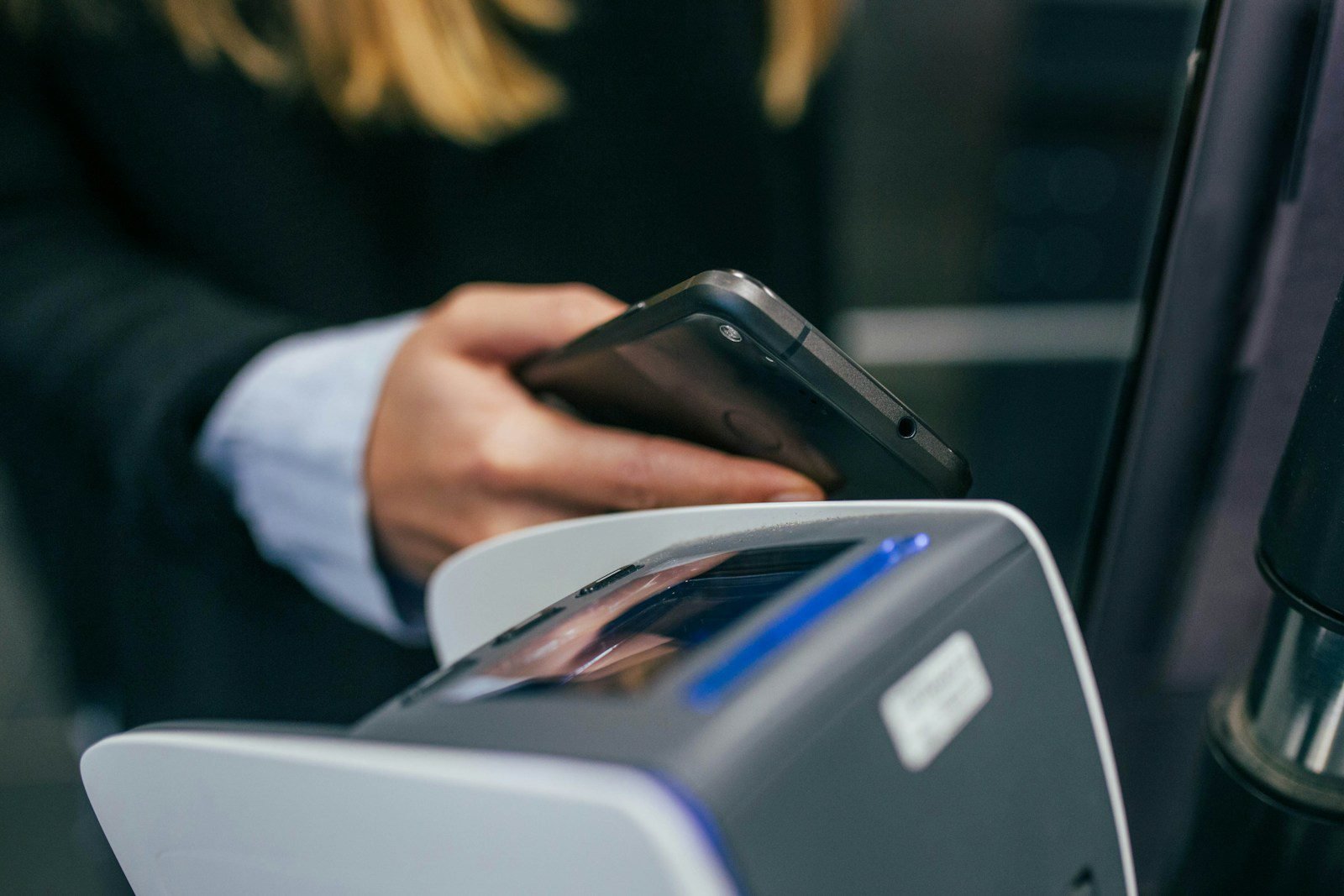Learn how to open a bank account with our comprehensive guide. Research and choose a bank, decide on the type of account, gather the required documents, visit the bank, complete the application, deposit funds, review terms and conditions, activate your account, and start managing your finances. Take control of your financial future today!
A Step-by-Step Guide on How to Open a Bank Account
Welcome to our comprehensive guide on how to open a bank account. Whether you’re a first-time account holder or looking to switch banks, we’ve got you covered. Opening a bank account is a straightforward process that can provide you with a safe and secure way to manage your finances. Let’s dive in!
Step 1: Research and Choose a Bank
The first step in opening a bank account is to research and choose a bank that suits your needs. Consider factors such as the bank’s reputation, fees, customer service, and branch availability. You may also want to explore online banks, which often offer competitive interest rates and convenient mobile banking options.
Step 2: Decide on the Type of Account
Next, decide on the type of account you want to open. Common options include checking accounts, savings accounts, and certificates of deposit (CDs). Checking accounts are ideal for everyday transactions, while savings accounts help you save and earn interest. CDs offer higher interest rates but require you to lock in your funds for a specific period.
Step 3: Gather the Required Documents
Before heading to the bank, gather the necessary documents to open an account. Typically, you’ll need:
- Proof of identification (e.g., passport, driver’s license, or ID card)
- Social Security number or taxpayer identification number
- Proof of address (e.g., utility bill or lease agreement)
- Employment information (if applicable)
It’s best to call your chosen bank ahead of time to confirm the specific documents they require.
Step 4: Visit the Bank
Once you have all the necessary documents, visit the bank in person to open your account. Schedule an appointment if required, or check if your bank offers online account opening options. When you arrive, a bank representative will guide you through the process and assist with any questions you may have.
Step 5: Complete the Application
During your visit, you’ll be asked to complete an application form. This form will require your personal information, including your name, address, contact details, and social security number. You may also need to provide information about your employment and income.
Step 6: Deposit Funds
After completing the application, you’ll need to make an initial deposit into your new account. The amount required varies depending on the type of account and bank policies. You can deposit funds in the form of cash, a check, or a transfer from another account.
Step 7: Review and Understand the Terms and Conditions
Before finalizing the account opening, carefully review and understand the terms and conditions provided by the bank. Pay attention to fees, minimum balance requirements, interest rates, and any other relevant information. If you have any questions, don’t hesitate to ask the bank representative for clarification.
Step 8: Activate Your Account
Once your account is open, you’ll typically receive a debit card, checks (if applicable), and online banking login details. Activate your account by following the bank’s instructions, and set up any additional features you may need, such as online bill payment or mobile banking apps.
Step 9: Start Managing Your Finances
Congratulations! You’re now the proud owner of a bank account. Take advantage of the various features and services offered by your bank to manage your finances effectively. Monitor your account regularly, set up automatic transfers or bill payments, and explore additional services like overdraft protection or savings goals.
What is the difference between a cv and, vs resume?
Remember, opening a bank account is just the first step. Building a strong financial foundation requires responsible money management and regular evaluation of your banking needs. As your financial situation evolves, don’t hesitate to explore other account options or switch banks if necessary.
We hope this guide has been helpful in demystifying the process of opening a bank account. Now, go forth and take control of your financial future!






